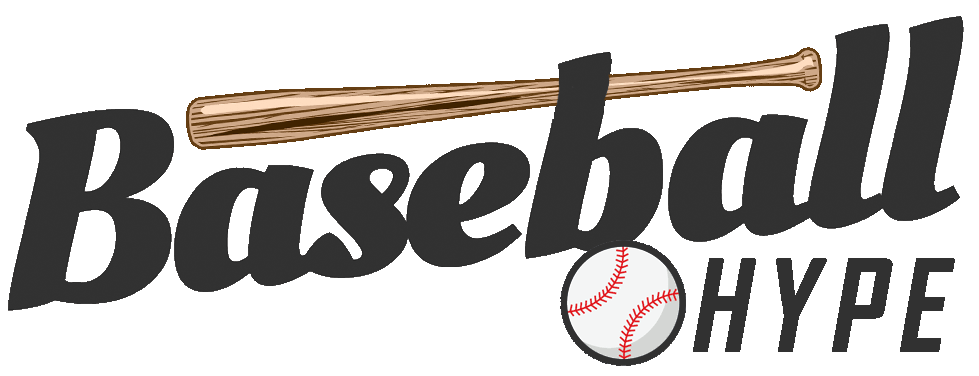
The Blue Jays’ newest star is making a splash, and it couldn’t come at a better time.
Toronto’s offseason was rough, to put it mildly. They chased big names like Pete Alonso, Corbin Burnes, Max Fried, and Juan Soto—and struck out on all of them. They couldn’t even lock down Vladimir Guerrero Jr. to a long-term deal before his spring training deadline.
But one move is already paying off in a big way.
Second baseman Andrés Giménez, who came over in what was basically a salary dump trade with Cleveland in December, has been on fire to start the season. The Blue Jays sent first baseman Spencer Horwitz and outfielder Nick Mitchell to the Guardians for Giménez and the hefty $96.5 million left on his contract.
Cleveland wasted no time flipping Horwitz to Pittsburgh for three pitchers. The trade was clearly about shedding Giménez’s contract after his offensive numbers had been sliding for years—from a stellar 141 OPS+ in 2022 to just 82 OPS+ last year.
Why would Toronto take on that risk?
For starters, Giménez is arguably the best defensive second baseman in baseball. The Blue Jays can afford to pay premium dollars for elite defense. Plus, he’s only 26, and they clearly believe they can fix his bat.
If he hits just league average, his glove makes him a 5-WAR player. If he hits better than that? You’ve got a star on your hands.
Five games into the season, the gamble looks brilliant.
Giménez has stepped right into the cleanup spot and is hitting .333 (6 for 18) with two doubles, three homers, and three walks. Last year, he didn’t hit his third home run until mid-May. This year, he got there before the team’s first road trip.
“I know he doesn’t look the part, and if you’re drawing up a cleanup hitter, it probably looks like Santander, but this is what he can do,” Blue Jays manager John Schneider told Sportsnet after Monday’s win over Washington. “The optics may look weird, but he’s a damn good hitter… Credit to him for not really budging and not trying to do anything that he’s not capable of.”
Sure, below-average hitters have great weeks all the time. Giménez himself hit three homers in a seven-game stretch last August and September.
But do it in August, and it’s just a good week. Do it to start the season, and everyone wonders if they’re watching a breakout.
The first week is always ripe for overreactions.
What makes Giménez’s power surge interesting, though, is that he’s made real changes to his swing. The kind that suggest this might actually be sustainable.
He’s replaced his old toe tap with a full leg kick—a change that typically helps add power through more forceful weight transfer. Five games in, his average bat speed is up nearly 2 mph, and he’s already produced seven 100+ mph exit velocities (plus another at 99 mph). For context, he had just 62 such hits all last year, averaging about one every three games.
Giménez is also standing deeper in the batter’s box—about three inches further back and two inches further off the plate, according to Statcast’s new batting stance data.
Despite moving back, his “intercept” point—where his bat meets the ball—has actually moved up about five inches. In plain English, he’s connecting with pitches further out in front of the plate, where the hardest contact typically happens.
Even with these adjustments, Giménez probably won’t become a major power hitter. His ceiling is likely closer to 25 homers than 35.
But that’s perfectly fine! A 25-homer second baseman with Gold Glove defense is an All-Star. Those players are rare.
The Blue Jays may not have had the offseason they wanted, but they did improve the team. Anthony Santander added much-needed power, while Yimi García and Jeff Hoffman strengthened what was one of baseball’s worst bullpens last year.
Toronto owes Giménez a lot of money, but they didn’t give up much to get him. His defense gives him a high floor—he’ll never be worthless even when he’s slumping. And at just 26, he’s nowhere near decline.
First impressions matter, and Giménez couldn’t have started better in Toronto. No, he won’t keep hitting three homers every five games, but the adjustments he’s made are real reasons to believe his bat could bounce back.
“There’s a lot more in there,” Schneider told the Toronto Star. “And I think it’s just him trusting that. Getting good counts definitely helps. And he’s taking really good swings and not being afraid to take some chances.”
